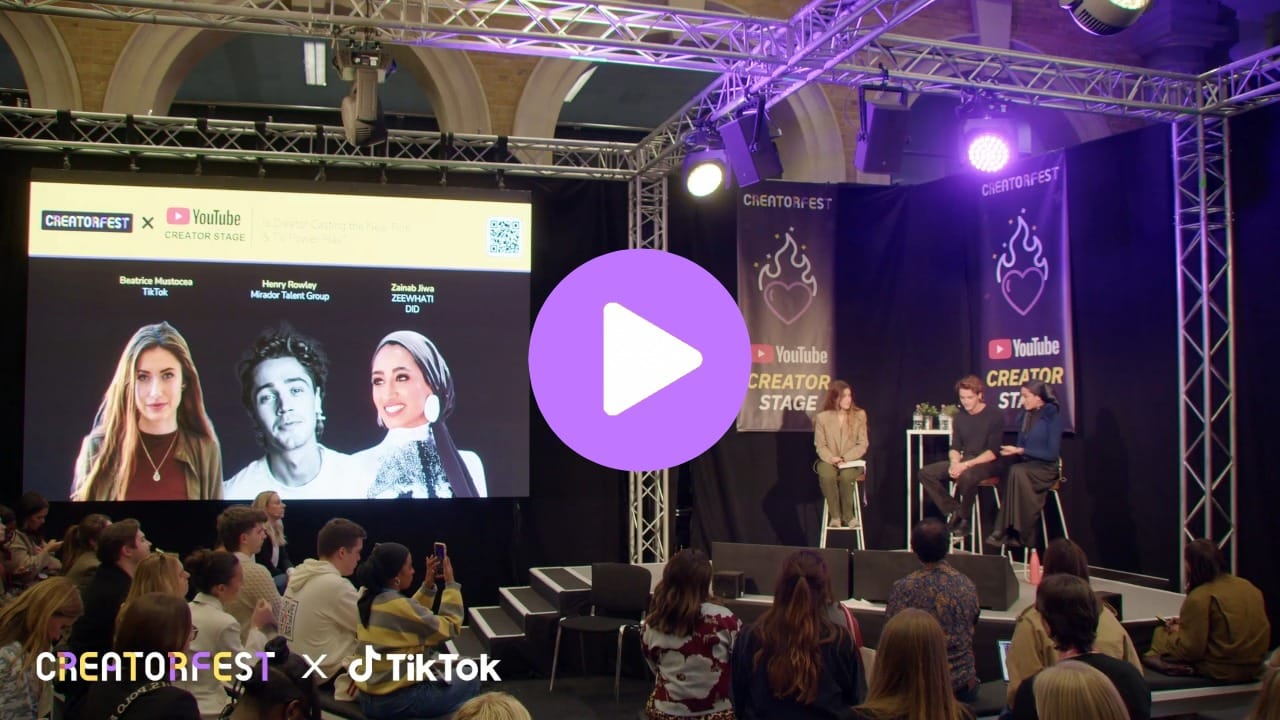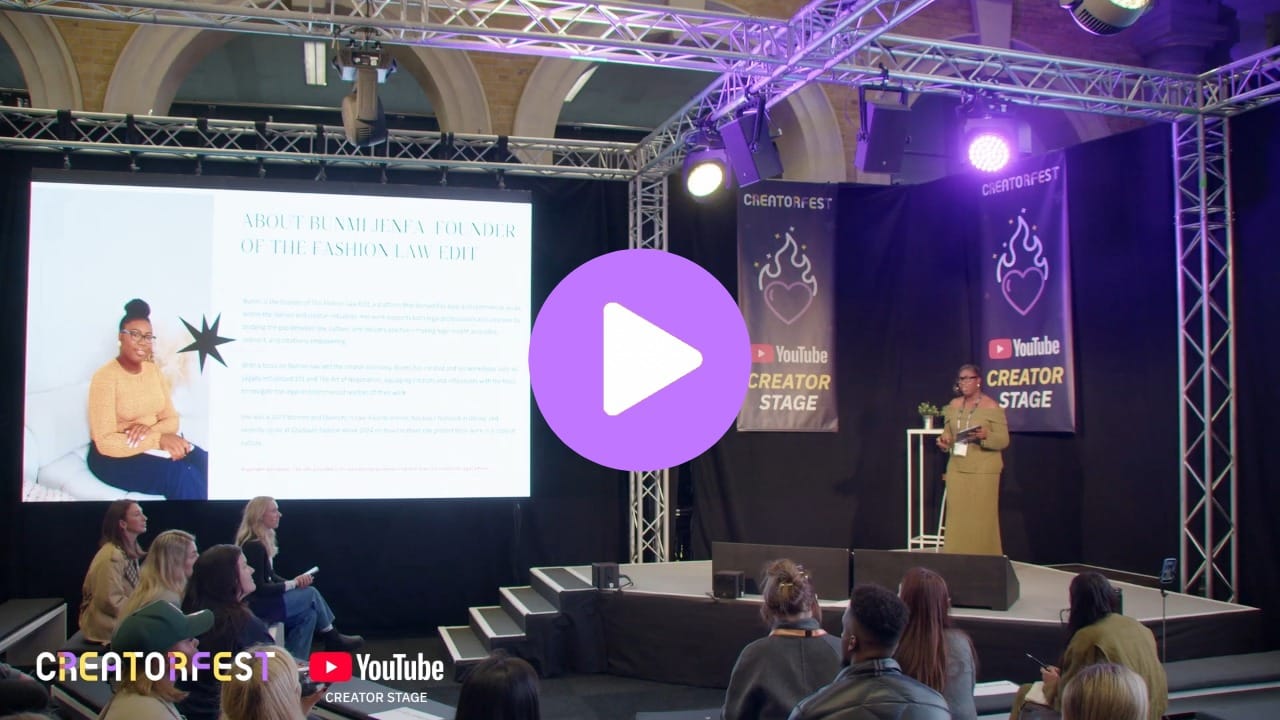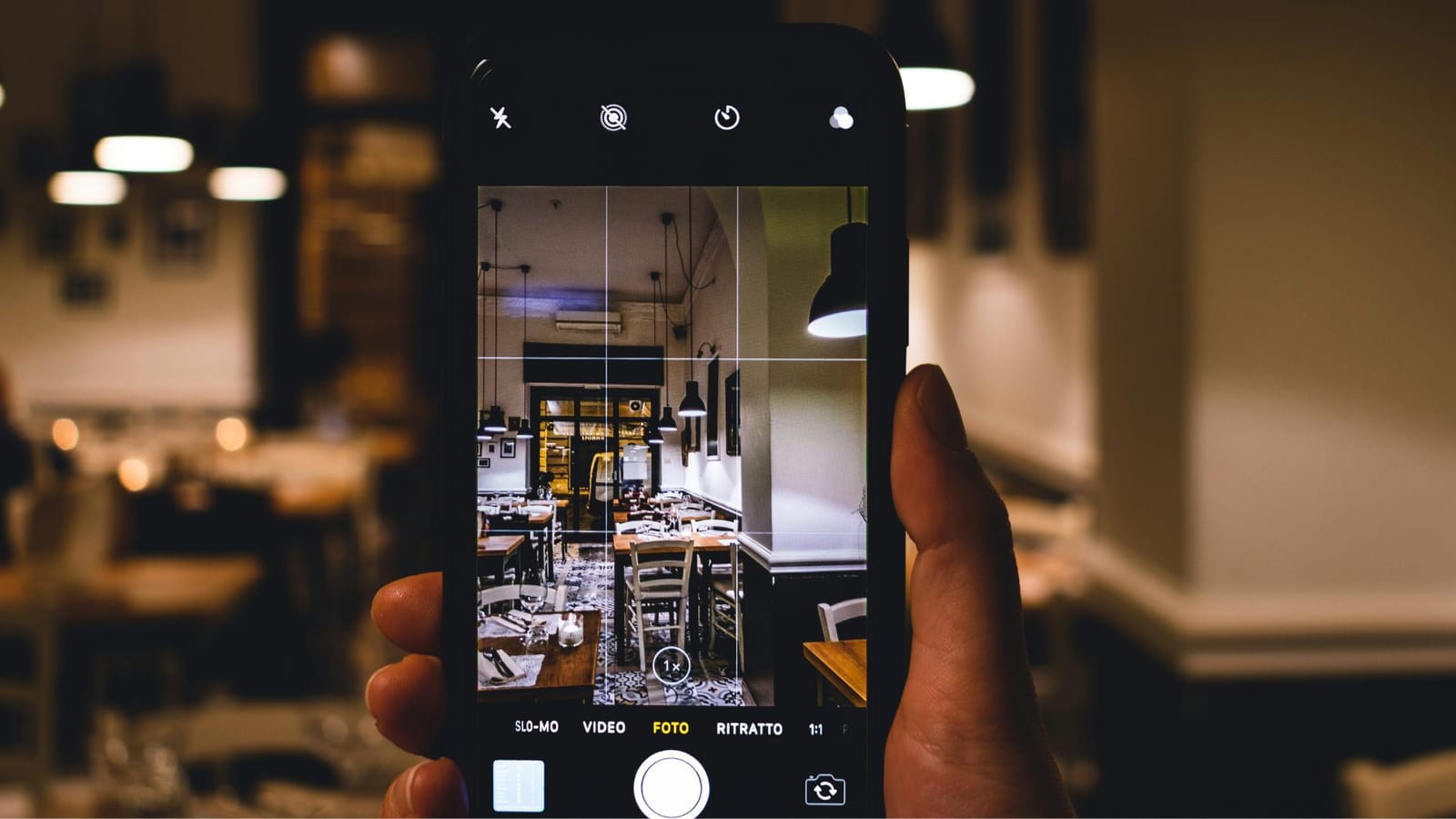Why campaigns just aren’t enough anymore
For decades, marketing campaigns were the heart of brand strategy. They generated visibility, created memorable taglines, and gave consumers reasons to pay attention. However, in 2025, campaigns are struggling to keep up.
Today, audiences are more distracted than ever. They scroll through endless feeds, juggling dozens of ads, promotions, and brand messages in a matter of minutes. A campaign might spark a short-term reaction, a like, a purchase, or a fleeting interaction, but its impact fades almost as soon as the budget runs out.
We are living in an attention economy, and attention alone does not guarantee loyalty. The real shift is that people do not want more campaigns. They are craving connection.
The shift from campaigns to communities
So what does it mean when we say community is the new marketing? At its core, it is about moving from one-way communication to two-way relationships. Campaigns push messages out. Communities invite people in.
A campaign is an ad on Instagram. A community is the conversation happening in the comments and the space you create to keep that conversation alive long after the ad disappears.
Communities are built on:
- Shared values: people connecting around identity, culture, or beliefs.
- Belonging: feeling seen, represented, and included.
- Dialogue: spaces where people can talk to the brand and each other, not just be talked at.
This is why communities last. They are not tied to budgets or launch dates. They live in the relationships that people choose to keep showing up for.
The role of culture and identity in community-building
One of the most overlooked truths in marketing is that communities are often built around culture. People naturally gather where they feel represented.
In multicultural marketing, this has always been the case. When communities see their language, traditions, or lived experiences reflected in brand storytelling, it builds trust. It says, “We see you.”
The same is true for Gen Z. They expect brands to go beyond surface-level representation. They want transparency, collaboration, and genuine interaction. If a brand is only showing up with polished campaigns and not building authentic spaces, they will scroll past without hesitation.
Why connection outperforms campaigns
The difference between campaigns and communities can be summed up in one word: trust.
- Campaigns win attention. They create a spark, but sparks fade.
- Communities build trust. And trust fuels loyalty, advocacy, and long-term impact.
When a community is strong, three things happen:
- Loyalty increases. People return because they feel connected.
- Advocacy spreads. Word of mouth becomes the most powerful form of marketing.
- Organic growth multiplies. User-generated content, referrals, and co-creation all drive momentum.
And here is the kicker: communities are cost-effective. Instead of relying on constantly pumping out ad spend for new campaigns, brands and creators can lean on the power of relationships that keep people coming back.
Campaign fatigue vs. community energy
Consumers are experiencing what I call “campaign fatigue.” Every scroll, every click, every search brings another brand vying for attention. It is noisy. And in the noise, most campaigns blur together.
Communities, on the other hand, generate energy. Think about your favorite creators who make you feel like you are part of their journey. Or brands that do not just sell to you but create spaces where you connect with other people who share your values. That energy does not disappear when the ad ends. It compounds over time.
What creators and brands can learn from each other
Creators often excel at building community because their relationship with their audience is personal. They show up in comments, respond to DMs, and share pieces of their life that make people feel connected. Brands can learn from that intimacy.
On the flip side, brands often have the resources to create larger platforms, events, or activations that bring communities together at scale. Creators can learn from those strategies to extend their influence beyond digital channels.
The sweet spot lies in collaboration: when brands and creators work together to co-create communities that feel both authentic and expansive.
Practical steps to build community
So, how can brands and creators start shifting from campaign-centric thinking to community-building? Here are four key steps:
- Listen first: Community starts with understanding. Go deeper than demographics and learn what your audience values, what motivates them, and what problems they want solved.
- Create spaces for interaction: This could be a private Slack channel, a recurring live Q&A, or an in-person meet-up. Communities thrive when people have spaces to connect beyond a one-off post.
- Empower community voices: Celebrate contributions. Spotlight members. Invite co-creation. Communities are strongest when people feel ownership.
- Measure differently: Campaigns measure clicks. Communities measure trust, retention, and relationships. Success might look like referrals, repeat purchases, or consistent engagement from a core group of advocates.
Examples of communities done right
- Glossier grew from a beauty brand into a lifestyle movement by listening to customers and letting their voices shape products.
- Peloton turned fitness equipment into a community experience, where people show up not just for workouts but for each other.
- ALPFA has built a thriving professional community where members return year after year because it provides belonging, mentorship, and identity-driven connection.
These examples remind us that the most successful brands and creators do not just build audiences. They build spaces where people want to stay.
The Road Ahead
Campaigns end, but communities endure. The future of marketing is not about chasing louder campaigns or bigger ad budgets. It is about creating belonging, trust, and spaces where people feel part of something meaningful.
For brands and creators alike, the opportunity is clear: stop asking how to capture attention and start asking how to cultivate connection. The ones who make that shift will not just thrive in 2025. They will define the future of marketing.







